Quito, Ecuador: Everything You Need To Know
Quito, the capital of Ecuador, was founded in the 16th century and was originally named San Francisco de Quito. It’s a city that sits at about 2,800 meters above sea level.
Located on the slopes of an active volcano, which erupted in 1999 and that it’s unlikely to happen again anytime soon.
In recent years, Quito has become a well-known destination for expats and retirees. If you envision yourself retiring in a city, then Quito is a place you’ll want to look into.
Here you’ll enjoy the best restaurants and shopping malls the country has to offer. You’ll likely never have a shortage of entertainment options.
Despite its bustling atmosphere, Quito is a city with a strong sense of community and family values.
The people of Quito, Ecuador, are known for their warmth and hospitality, and visitors are often struck by the friendliness and welcoming nature of the locals.
Overall, life in Quito is a rich and rewarding experience, offering a fascinating blend of history, culture, and modernity.
And, if you’re a retiree and looking for a place overseas to call home, Quito is a great choice because of everything mentioned before plus its low cost of living.
A couple could retire to Quito on a budget of about US$1,300 per month. In short, if you add a bit more to that budget, say about US$1,800 per month, you and your spouse could live quite comfortably here.
Cost Of Living In Quito, Ecuador
Quito, Ecuador, is an incredibly affordable city. A couple could live here with as little as US$1,300. Let’s take a deeper look into this…
Grocery shopping will increase or decrease depending on your preference of items. Most importantly, if you’d rather eat almost identical to how you would eat in the United States, most of your grocery items would be imported goods.
Considering import taxes and more, the price of these items is considerably higher than if you were to purchase local produce. Try switching your breakfast or snack fruits from blueberries, raspberries, strawberries, and kiwi to locally grown bananas, oranges, mangos, and watermelons.
Switch your imported brussel sprouts for local lettuce, cabbage, cauliflower, cucumbers, and asparagus.
Lastly, instead of buying the highly priced imported beef, head over to your local butcher and buy local meat. And, if you make these changes, you and your spouse’s monthly grocery shopping will come out to about US$350.
As for rentals, it’ll depend on the area (neighborhood) in which you decide to settle.
Renting a one-bedroom apartment in the city center in a higher-end neighborhood can come to about US$600 per month.
That same two-bedroom apartment outside of the city center rents out for about US$400. You might even find more affordable options not too far from the city center if you take the time to look.
If you opt for not owning a car in Quito, Ecuador, which is completely doable, you transportation expenses can be brought down considerably as public transportation here is very affordable.
A one-way bus or metro ticket costs about 35 cents. Taxis here charge between US$2 to US$5 when moving in the city center.
Here’s a table to give you a better idea of the cost of living for a couple in Quito, Ecuador…
Apartment Or House Rental Budget (For A Couple)
Things To Do In Quito, Ecuador
Quito is a city filled with a variety of activities and attractions that cater to a wide range of interests.
Here the top things to do in Quito…
Historic Center
The Historic Center of Quito is also known as Old Town or Centro Histórico and is a UNESCO World Heritage site. This is one of the most popular tourist destinations in the city.
One of the main attractions here is the Plaza de la Independencia, also known as Plaza Grande. Also, you’ll find more than 130 monumental buildings here, including churches, monasteries, palaces, museums, and galleries. There are also shops and restaurants.
National Museum of Ecuador
The National Museum of Ecuador was founded in 1825 making this one of the oldest museums in South America.
The collection of artifacts housed here span more than 5,000 years of Ecuadorian history and culture. You’ll find the collections divided into archaeology, colonial art, republican art, and contemporary art.
It’s a great place if you’re a history buff or if you simply want to learn about the country. In addition to its permanent collection, the museum also has temporary exhibits and hosts cultural events, lectures, and concerts throughout the year.
Casa del Alabado
Casa del Alabado is another great place to visit to learn about Ecuador’s culture. Here you’ll find exhibits of pre-Columbian art and artifacts of this country.
This museum has three floors where visitors can explore a variety of artifacts from different periods and cultures including pieces that’ll give visitors an insight into the daily lives and religious beliefs of the ancient cultures.
Like the National Museum of Ecuador, the Casa del Alabado hosts temporary exhibits along with lectures, concerts, workshops, and cultural events throughout the year.
Cable Car To Pichincha Volcano
Quito is located on the slopes of a volcano. One of the main attractions here is taking a cable car up to Pichincha Volcano to enjoy a full panoramic view of the city and surrounding mountains.
After you reach the top of the mountain you can get off the cable car and explore the area. Also, you can go to several hiking trails that lead to different viewpoints.
You could also relax at one of the restaurants at the top of the volcano to enjoy the view while sipping on coffee, tea, a drink, or while enjoying a meal or snack.
The cable car ride is open year-round. However, you should check the weather conditions beforehand as visibility can be limited by clouds and rain.
Retirement In Ecuador
Ecuador has a health care system that is available to all residents and in Quito is generally high quality. For example, many of the doctors speak English so language shouldn’t be a problem.
Private health care is also available to everyone and it’s likely more affordable than in the States. Plus, the overall low prices in Ecuador are a big attraction for expat retirees.
Both the cost of day-to-day living and real estate are far cheaper than in the United States.
The official language in Ecuador is Spanish but a lot of people in Quito specifically speak English particularly in the tourist areas and industries.
Above all, if you’re interested in learning Spanish you could, but for anyone who isn’t particularly interested in having to learn a new language, you’ll be happy to know that you can get by in Quito with very little Spanish.
Retirees, along with other potential expats, will be happy to learn that Quito, Ecuador, has a growing expat community.
Many organize social events and activities where newcomers can connect and make new friends.
Above all, Ecuador is a safe and peaceful place to live. Expat and tourist numbers are both increasing, and the majority of people are reporting that they feel happy and safe in Ecuador.
In short, retirees can expect to live a comfortable and fulfilling retirement in Quito.
Ecuador’s Moving And Visa Information
To enter Ecuador, you should apply for a Tourist Visa. It’s valid for 90 days and you can renew it for an extra 90 days.
This is a great opportunity to hop on a plane and scout the area of Quito (and other towns and cities in Ecuador) out for yourself before committing to a move here.
Keep in mind, moving to Quito doesn’t have to be a permanent decision. You are always free to change your mind if for some reason your life here isn’t living up to your expectations.
Once you decide to retire to Ecuador, you must first apply for a temporary resident visa.
The process to obtain this visa can be lengthy and will require various documents, including a police clearance certificate and a health certificate.
After you have the temporary resident visa you can apply for the permanent resident visa. The application for residency needs to be in Ecuador and you must head to your local immigration office.
As a result, if you are not fluent in Spanish, bring someone who is. You may not need to know a lot of Spanish to live in Quito, but whenever legal documents and permits are involved, fluent Spanish is always a must.
Documents such as a police check certificate, need to be authenticated. Depending on the country of origin, you’ll use either the apostille process or consular legalization.
Any document that is not in Spanish must be translated into Spanish. The translator must certify the translation as correct, and their signature must be verified by a notary.
Note that visa requirement and processes can change, so it’s always best to check with your nearest Ecuador Embassy or Consulate for the most up-to-date information.
Weather In Quito, Ecuador
The temperature doesn’t change much throughout the year. The average high stays between about 66°F (19°C) and 68°F (20°C) and the average low falls to between 49°F (9°C) and 51°F (10°C).
Despite the seemingly low temperatures, you will need to wear sunscreen when outside on a sunny day.
The dry season in Quito runs between June and September. The rest of the year is part of the rainy season. Interestingly, the rainy season is when the weather is warmest.

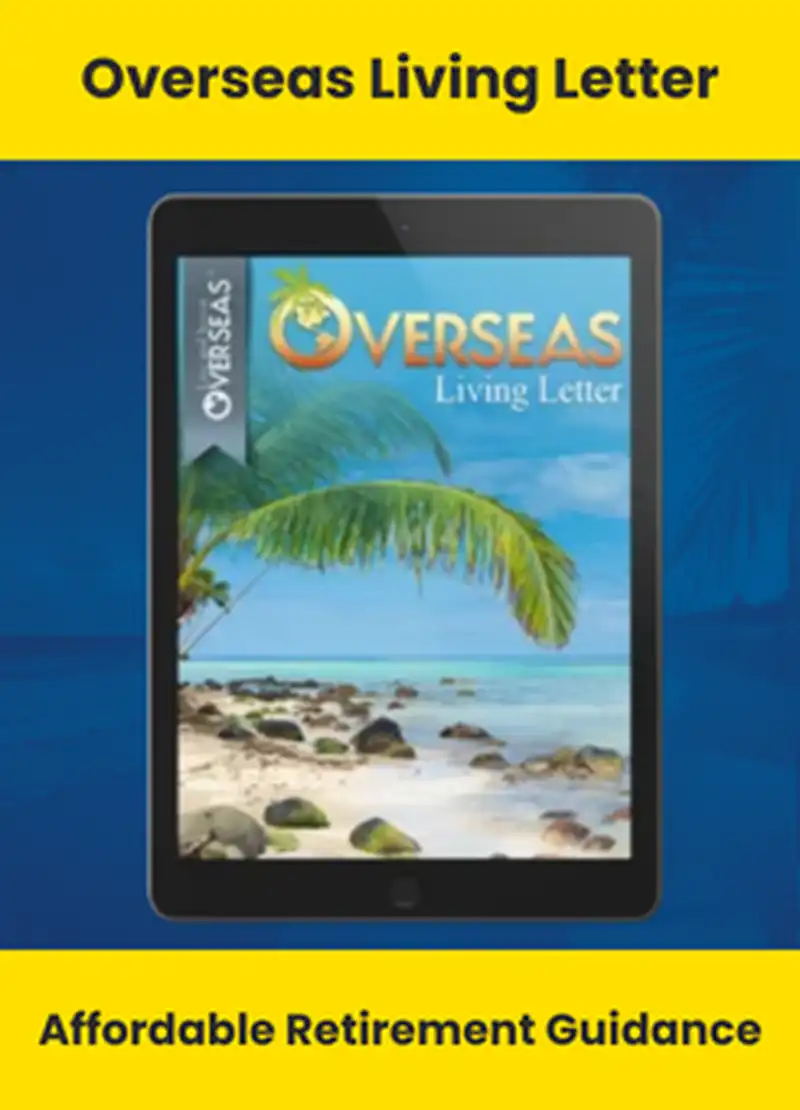
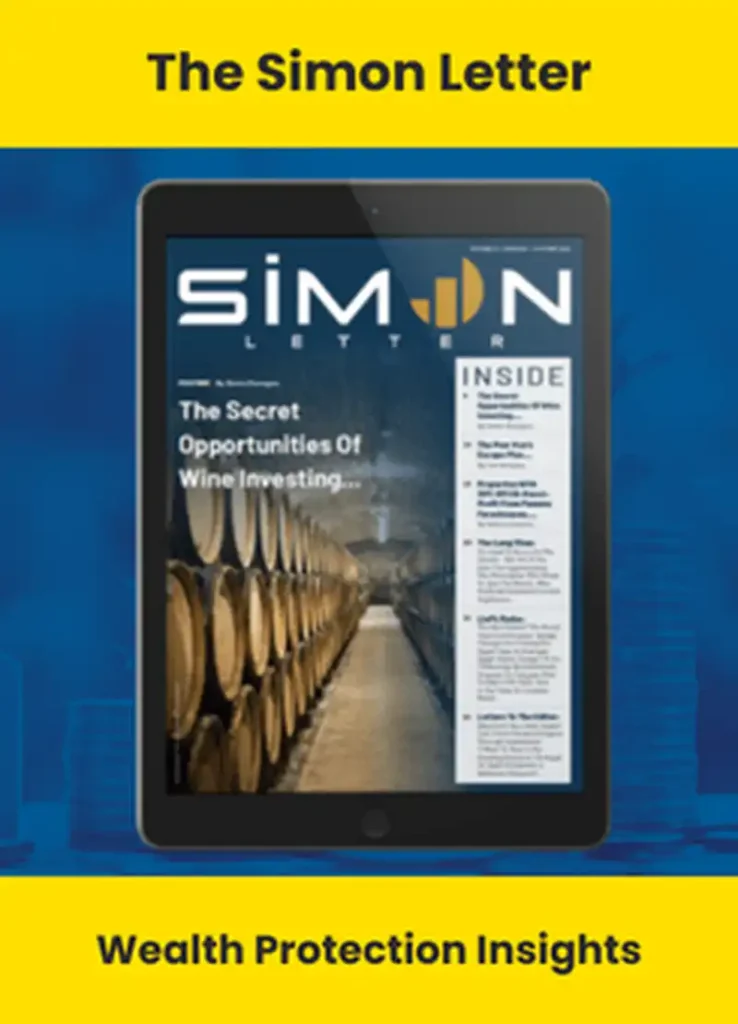



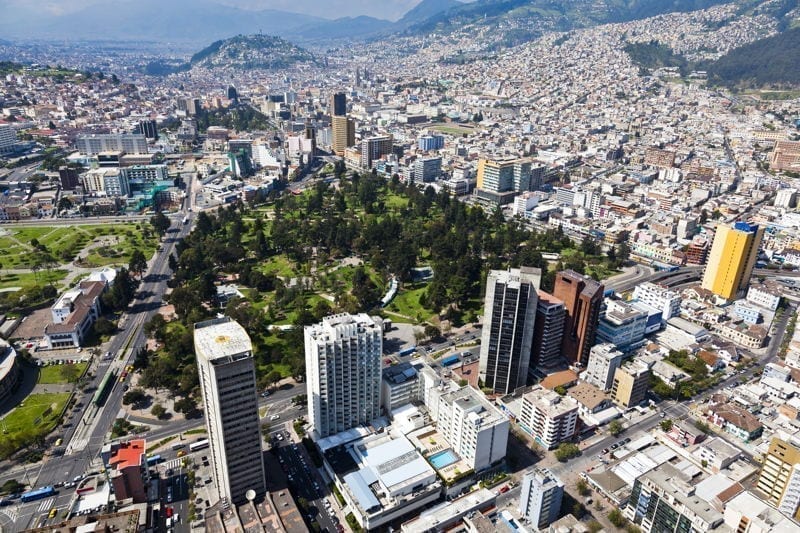


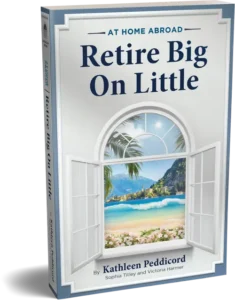



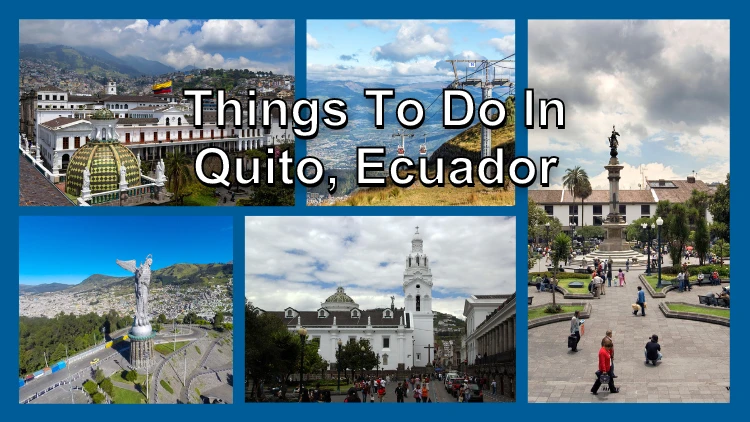
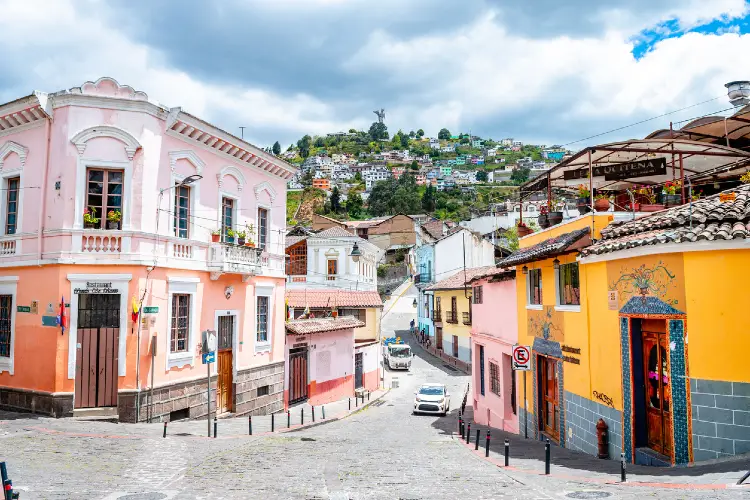
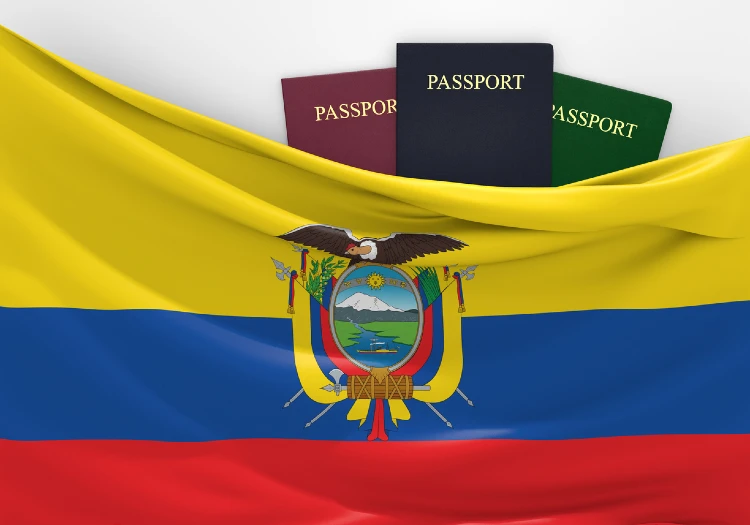

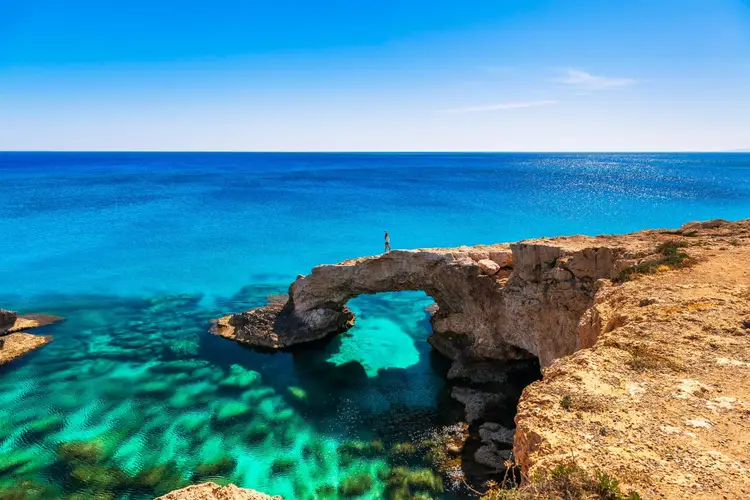 . '
. '
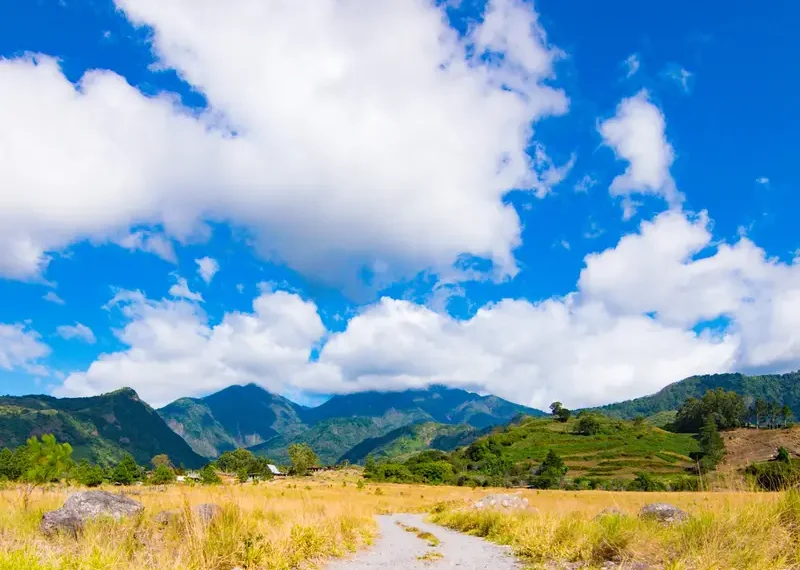 . '
. '
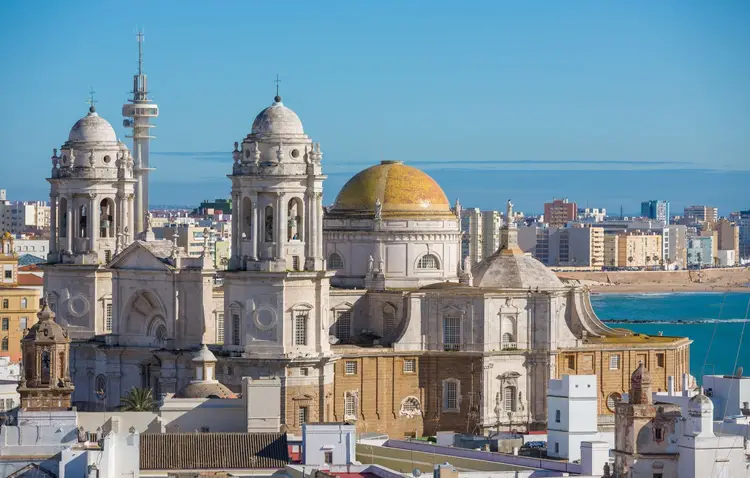 . '
. '
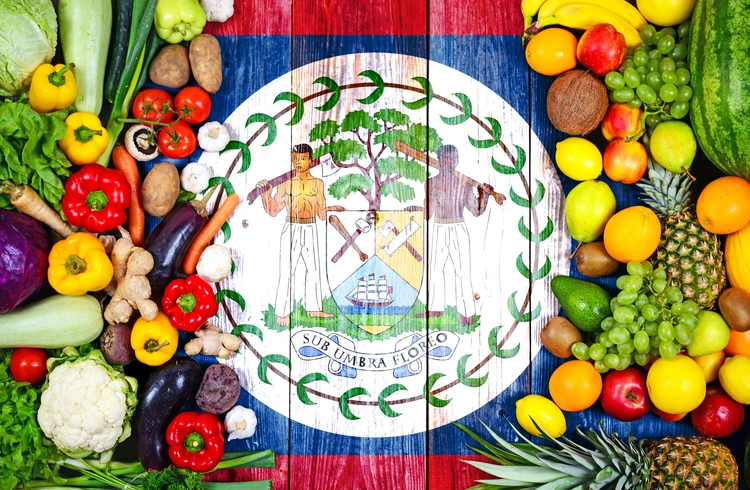 . '
. '
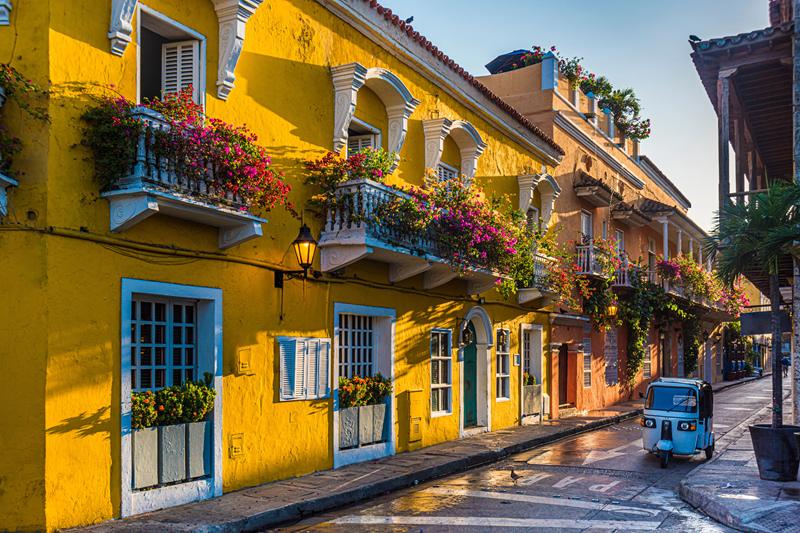 . '
. '








